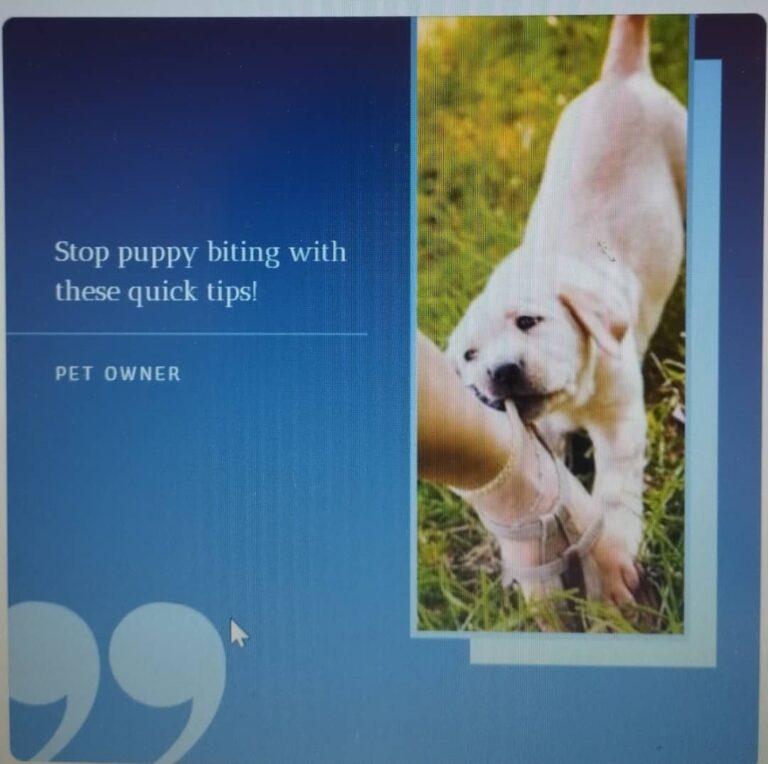How To Teach PERFECT Recall! Stop Your Dog Ignoring You Off Leash!
Is your dog ignoring you when you let them off the lead while you’re out on a walk? Are they refusing to come back when you ask them? Recall problems are a very common issue with new dog owners and experienced dog owners alike. In this blog post, I’m going to help you overcome these issues once and for all.
Welcome back to Learnlanes.com. If you are new here, my name’s Will, and I’m a canine behaviorist. On this blog, I write posts like this one to help you become a very calm, consistent, and amazing canine leader capable of raising perfect canine companions. So, if you want to join our amazing community, make sure you subscribe now.
If you haven’t got your dog yet and you’re reading this blog post to preemptively set yourself up for success in terms of recall, congratulations! This is exactly the approach you need to take. In my Perfect Puppy course, I teach people from day one how to master recall perfectly the first time around. But if you are reading this because you’ve already encountered recall issues and your dog is ignoring you, this blog post will now focus on how to fix this.

Understanding Recall Problems
Recall issues typically stem from two main factors: obedience and leadership. These two issues are interconnected and need to be addressed together.
Obedience refers to how well the recall command is ingrained in your dog. It’s possible that your dog understands the recall command but chooses to ignore you because whatever is distracting them is more exciting. This brings us to the second issue: leadership. Your dog may not see you as a calm, consistent leader and feels it can make decisions independently.
The Difference Between Dog Training and Behavior Modification
Dog training and canine behavior modification are two distinct fields. Dog training usually involves teaching specific commands and behaviors using positive reinforcement. In contrast, behavior modification often requires a more balanced approach, especially when dealing with issues stemming from a lack of leadership.
If you have recall problems, you often need both training and behavior modification. Relying solely on positive reinforcement can lead to a bribery-based relationship with your dog. For instance, if your dog is playing with another dog, your bribe (usually a food reward) must be more enticing than the play. This approach often fails because there is a limit to how much you can up the ante with treats before your dog decides the other dog is more interesting.
On the other hand, a balanced approach focuses on building a relationship based on leadership and respect. Your dog should look to you for guidance and follow your commands out of respect and love, not fear.
Building a Leadership Relationship
To build this kind of relationship, you need to restructure your interaction with your dog. Your goal is to become a calm, consistent leader your dog can look to for guidance. This means your dog will follow your commands regardless of distractions.
I recommend my Boot Camp protocol, a one-month program designed to restructure the relationship with your dog. This program is not a quick fix; it requires time, commitment, and effort. However, once you earn that relationship, you will have a perfect canine companion.
READ ALSO: Can My Dog Help Fix Another Dog’s Aggression?
Practical Steps for Teaching Recall
Once you’ve restructured your relationship, you can focus on recall training. Here’s a step-by-step guide to teaching recall:
- Start Indoors: Begin training in a controlled environment with minimal distractions. Use a long line and a whistle. Start with short distances and gradually increase them.
- Use Positive Reinforcement: Initially, use high-value treats to reward your dog when they respond to the recall command.
- Gradual Increase in Distractions: Slowly introduce more distractions as your dog becomes reliable in responding to the recall command.
- Consistency: Always use the long line to ensure you can guide your dog back if they ignore the command. This guarantees success and reinforces the behavior.
- Mixing Rewards and Real-Life Scenarios: Sometimes, call your dog back, reward them, and then let them go back to what they were doing. This helps your dog understand that coming to you doesn’t always mean the end of fun.
The Power of the Whistle
Using a whistle for recall can be very effective. The whistle is a clear, consistent signal that can cut through distractions. Here’s how to train with a whistle:
- Indoor Training: Start in a narrow corridor. Blow the whistle (two short blasts) and reward your dog when they come to you.
- Progress to Garden and Outdoors: Gradually move to more challenging environments, always using the long line to ensure success.
- High Reward for Success: Make sure to highly reward successful recalls, especially in the beginning.
- Layering Positivity: Continue to use positive reinforcement even as you progress to more complex scenarios.
Achieving Long-Term Success
Recall training is an ongoing process. Even once your dog reliably responds to the recall command, it’s essential to continue practicing and reinforcing the behavior throughout their life. This helps maintain the strong leadership relationship and ensures your dog remains responsive in all situations.
Conclusion
Recall training involves building a relationship based on leadership and respect, alongside consistent, positive reinforcement. By restructuring your relationship with your dog and following a structured recall training program, you can achieve reliable recall even in distracting environments.
Thank you for reading this blog post. If you found it helpful, please subscribe to our blog and join our community where we help each other become amazing canine leaders. If you have any questions, feel free to reach out via email or in the comments below. Happy training, and I look forward to seeing you in the next post!






